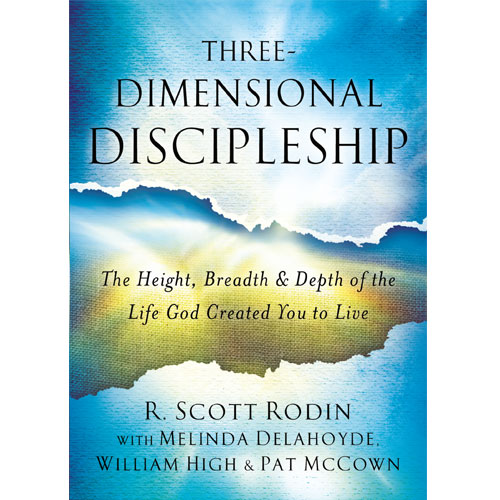Facing our Demons: The First of Six Temptations Every Leader Faces When it Comes to Money
Consider the following definition, “Money is any object that is generally accepted as payment for goods and services and repayment of debts in a given country or socio-economic context. The main functions of money are distinguished as: a medium of exchange; a unit of account; a store of value; and, occasionally, a standard of deferred payment.” In this functional definition money is amoral; a neutral medium for the exchange of value. It carries no inherent goodness or malevolence but serves the user equally whether he chooses to invest it for benevolent or malicious purposes. At face value this seems an obvious conclusion. Money is, after all, ink on paper or impressions on semi precious metals. We don’t value a quarter because of the material from which it is made but for its ability to secure for us about $.25 worth of goods and services. A piece of paper upon which a $100 bill is printed has no more value than the paper used to print this page. The value is bestowed on it by the arrangement of ink and what it denotes to the one who possesses it. There is nothing right or wrong with the piece of paper itself, so the definition would lead us to believe.
The first temptation we face as leaders is viewing money in this detached, amoral way. The world of money and finance can be viewed erroneously as operating on the periphery of the true spiritual core of an organization. Consider the church that selects from among its most spiritually mature people those that will serve as Elders with the responsibility for the spiritual vitality of the congregation. That same church will elect Deacons to handle financial matters without any consideration of their spiritual maturity as long as they come with the requisite financial experience. We see the same attitude in not-for-profit organizations when chief financial officers and fundraising staff are hired with little regard to the depth of their spiritual maturity or their ability to integrate a robust and living faith with their work of managing and raising the resources for the organization. Whenever we separate the spiritual from the financial we bear witness to this view of money as a morally vacuous medium of exchange. And we do so to our great peril.
In his three-year ministry, Jesus spoke more often about money than any other subject except the kingdom of God. What he said bore no resemblance to money as morally vacuous. Indeed he taught quite the opposite. As Christian leaders, Jesus’ words in Matthew Chapter 6:24 should stop us in our tracks. The problem is we have heard them too often and have downplayed their implications. Hear them again and test your view of money against them,
“No one can serve two masters. Either he will hate the one and love the other, or he will be devoted to the one and despise the other. You cannot serve both God and Money.”
Jesus is not setting up a dialectic between the sovereign God of the universe and a neutral medium of exchange. He is speaking of two rival spiritual forces that each seek our absolute devotion. The words he uses are extreme and absolute: master, love, hate, devoted, despised. The only alternatives Jesus provides us is love and hate, devotion and despising. There is no room for loving God and simply using money. Money is ascribed power that rivals the divine and demands from us our total love and allegiance. There is no denying the power that Jesus prescribes to money.
Richard Foster states, “according to Jesus and all the writers of the New Testament, behind money are very real spiritual forces that energize it and give it a life of its own. Hence, money is an active agent; it is a law unto itself; and it is capable of inspiring devotion.”[1] The first temptation that must be overcome by every Christian leader is to view money as anything less than a significant spiritual force that constantly works to gain our allegiance and compromise our total trust in God and God alone.
[1] Foster, Richard. Money, Sex and Power (New York, NY: Harper and Row, 1985), p, 26.





